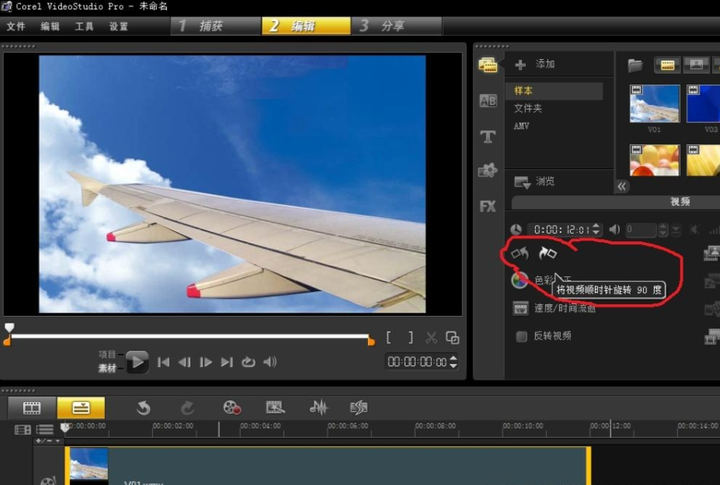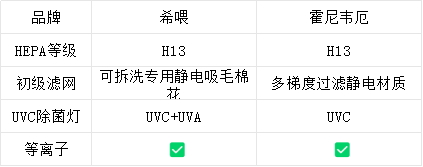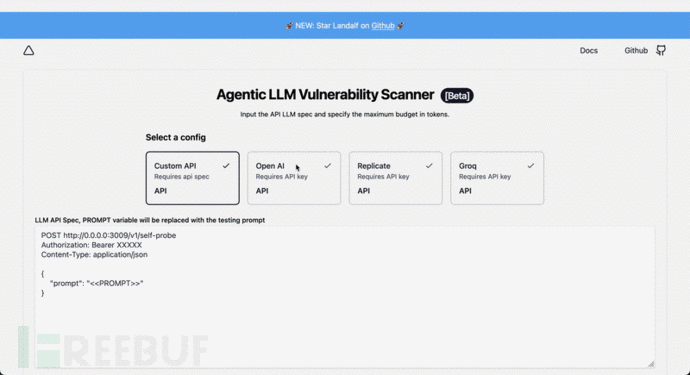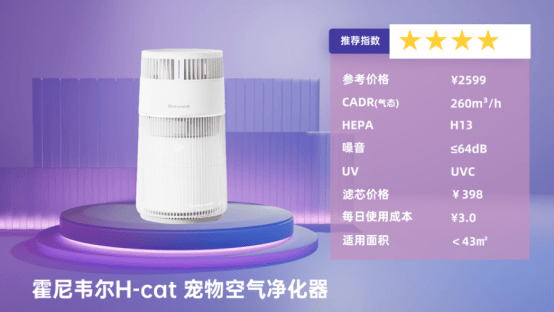一、IO流
1.1 IO说明
Input 输入
Output 输出流: 例如水流,流量,即流是指数据流动传输
IO流就是指数据的输入输出
例如: 将磁盘中的小说.txt,读取到java代码中 ---> 输入
例如: 从java代码中,写到磁盘中创建出文件,并向文件中写入内容 --> 输出

1.2 IO体系
IO
字节流
字符流
InputStream-输入流的抽象父类
FileInputStream
OutputStream-输出流的抽象父类
FileOutputStream
Reader-字符输入流抽象父类
FileReader
Writer-字符输出流抽象父类
FileWriter
字节流: 专用于传输字节文件,例如图片,音视频等
字符流:专用于传输纯字符文件,txt
关于IO操作,不管什么流,只要是
读取数据(输入),方法都是read()
写出数据(输出).方法都是write()
无论什么流,最后一定记得close()
二、字节流
字节流,主要用于对字节文件(二进制文件,诸如图像音频类)输入输出
InputStream是输入流抽象父类
一般使用子类FileInputStream
OutputStream是输出流抽象父类
一般使用子类FileOutputStream
2.1 FileInputStream
FileInputStream(字节输入流)主要是对二进制文件读取
演示代码,使用字节输入流读取字符文件了,目的是为了演示读取效果
public static void main(String[] args) throws IOException {
// 创建字节输入流
FileInputStream fis = new FileInputStream("a.txt");
// 读取一个字节
// int a = fis.read();
// System.out.println(a );
//
// int b = fis.read();
// System.out.println(b );
//
// int c = fis.read();
// System.out.println(c );
//
// int d = fis.read();
// System.out.println(d );
// 改造成循环,简化读取步骤
int i = -1;
while((i = fis.read()) != -1) {
System.out.println(i );
}
// 最后一定要关流
fis.close();
}
// 改造成try-catch-finally
public static void main(String[] args) {
FileInputStream fis = null;
try {
fis = new FileInputStream("a.txt");
int i;
while ((i = fis.read( )) != -1) {
System.out.println(i );
}
} catch (Exception e) {
e.printStackTrace();
} finally {
try {
fis.close( );
}catch (Exception e) {
e.printStackTrace();
}
}
}2.2 FileOutputStream
字节输出流,主要用于写出数据
public static void main(String[] args) {
FileOutputStream fos = null;
try{
// 创建字节输出流
// 1)目的地文件不存在,会自动创建
// 2)运行一次写出数据,默认是将之前文件的内容覆盖
// 3)想要每次写出数据时追加在文件后面,构造方法中设置true
fos = new FileOutputStream("b.txt",true);
// 写出数据
fos.write(103);
}catch (Exception e) {
e.printStackTrace();
} finally {
try {
fos.close();
} catch (IOException e) {
e.printStackTrace();
}
}
}2.3 拷贝文件
拷贝一个图片到另外一个位置
边读边写
public static void main(String[] args) throws Exception {
long begin = System.currentTimeMillis( );
// 创建字节输入流
FileInputStream fis = new FileInputStream("E:\\justdoit.jpg");
// 创建字节输出流
FileOutputStream fos = new FileOutputStream("E:\\就是干.jpg");
int i;
while((i = fis.read( )) != -1) {
fos.write(i);
}
fis.close();
fos.close();
long end = System.currentTimeMillis( );
System.out.println("拷贝完成,耗时"+(end - begin) + "毫秒" );
}
// 使用try-catch-finally问题: 将图片换成大一点的文件,例如10M左右的文件,再拷贝一遍,看时间....
很慢......
2.4 缓冲字节流(高效)
拷贝太慢,啥原因? 输入流的read和输出流的write都是一次读/写一个字节
10M文件,有1000万字节.....
解决方案就是,可以利用数组来完成一次读/写多个字节,利用这个思路,JDK中提供了高速读写数据的流,即缓冲字节流
BufferedInputStream
BufferedOutputStream
三、字符流
字符流专用于操作字符文件,例如txt文件
Reader是字符输入流抽象父类
FileReader
Writer是字符输出流的抽象父类
FileWriter
3.1 FilerReader
public static void main(String[] args) throws Exception {
// 创建字符输入流
FileReader fr = new FileReader("a.txt");
int i;
while ((i = fr.read()) != -1) {
System.out.println((char)i);
}
fr.close();
}3.2 FileWriter
public static void main(String[] args) throws Exception {
// 创建字符输出流
// FileWriter fw = new FileWriter("c.txt");
FileWriter fw = new FileWriter("c.txt",true);
fw.write('9');
fw.write("9999");
fw.close( );
}3.3 拷贝小说
边读边写
public static void main(String[] args) {
long begin = System.currentTimeMillis( );
FileWriter fw = null;
FileReader fr= null;
try {
fr = new FileReader("三体.txt");
fw = new FileWriter("三体2.txt");
int i;
while ((i = fr.read()) != -1) {
fw.write(i);
}
}catch (Exception e){
e.printStackTrace();
} finally {
try {
fr.close();
fw.close();
} catch (IOException e) {
e.printStackTrace();
}
}
long end = System.currentTimeMillis( );
System.out.println("拷贝完成,耗时"+(end - begin) + "毫秒" );
}3.4 缓冲字符流
BufferedReader
BufferedWriter
内部数组8192
public class Demo7 {
public static void main(String[] args) {
long begin = System.currentTimeMillis( );
FileWriter fw = null;
FileReader fr = null;
BufferedReader br = null;
BufferedWriter bw = null;
try {
fr = new FileReader("E:\\三体.txt");
br = new BufferedReader(fr);
fw = new FileWriter("E:\\三体2.txt");
bw = new BufferedWriter(fw);
// int i;
// while ((i = br.read( )) != -1) {
// bw.write(i);
// }
/**
* 缓冲字符流,可以读一行,写一行
* 但是记得写出换行符号
*/
String line;
while ((line = br.readLine()) != null) {
bw.write(line);
bw.newLine();
}
} catch (Exception e) {
e.printStackTrace( );
} finally {
try {
br.close( );
bw.close( );
} catch (IOException e) {
e.printStackTrace( );
}
}
long end = System.currentTimeMillis( );
System.out.println("拷贝完成,耗时" + (end - begin) + "毫秒");
}
}


















